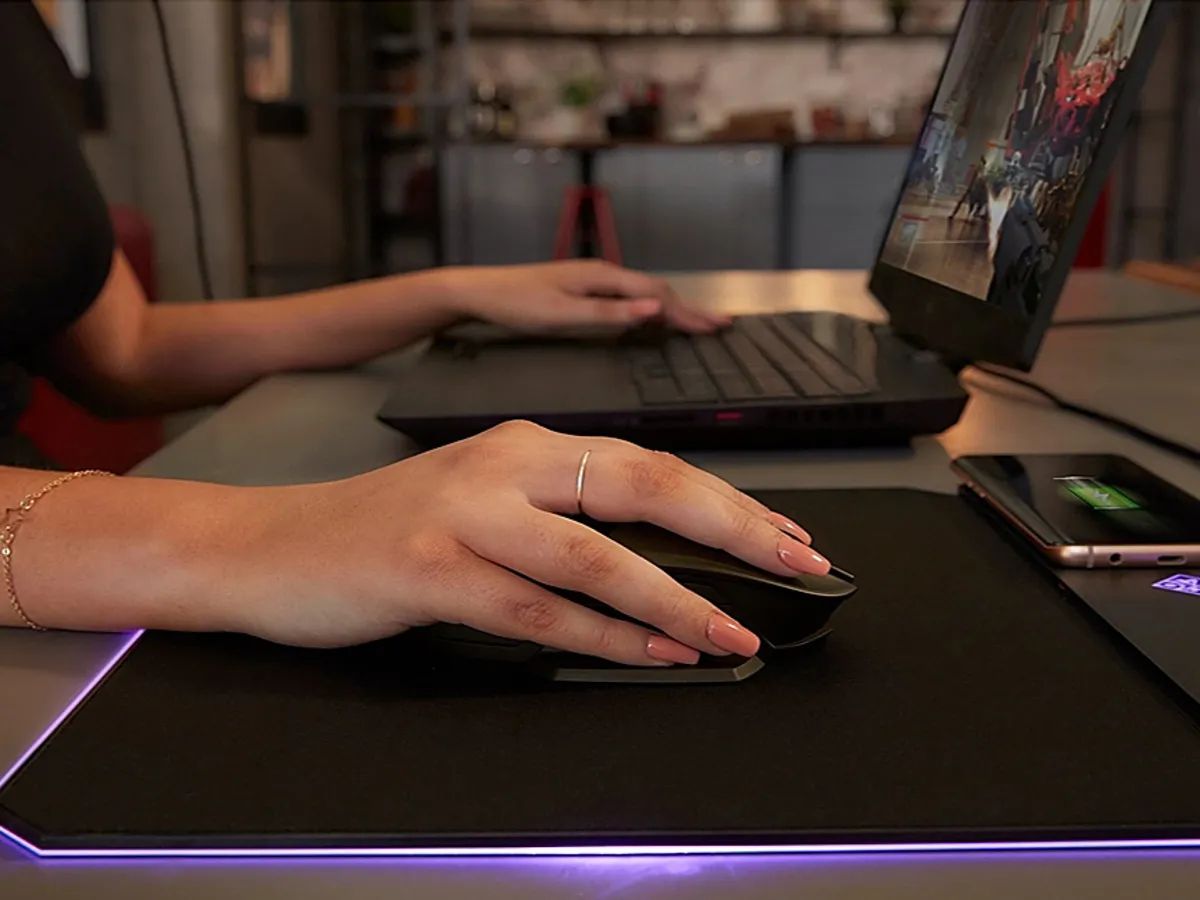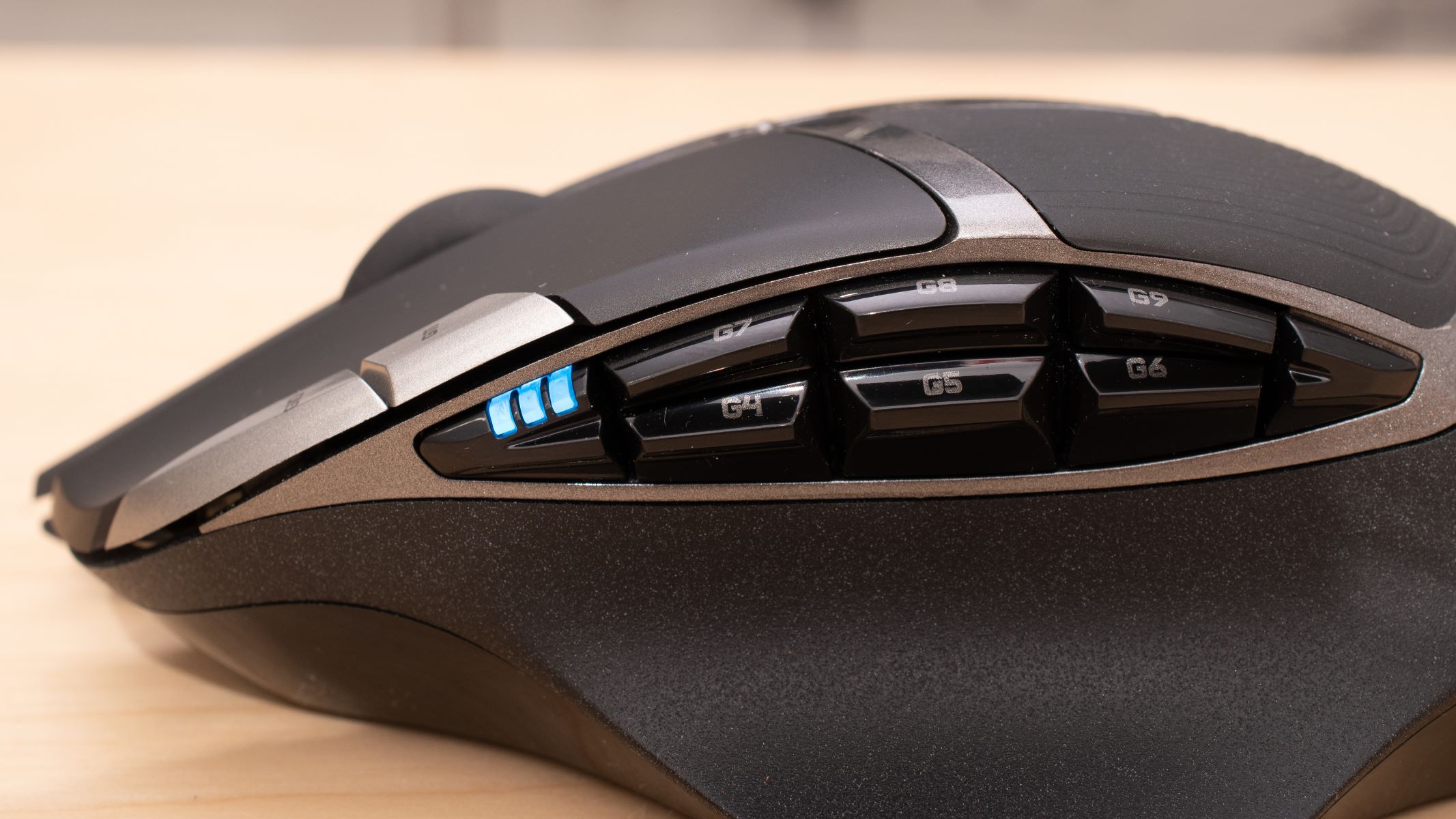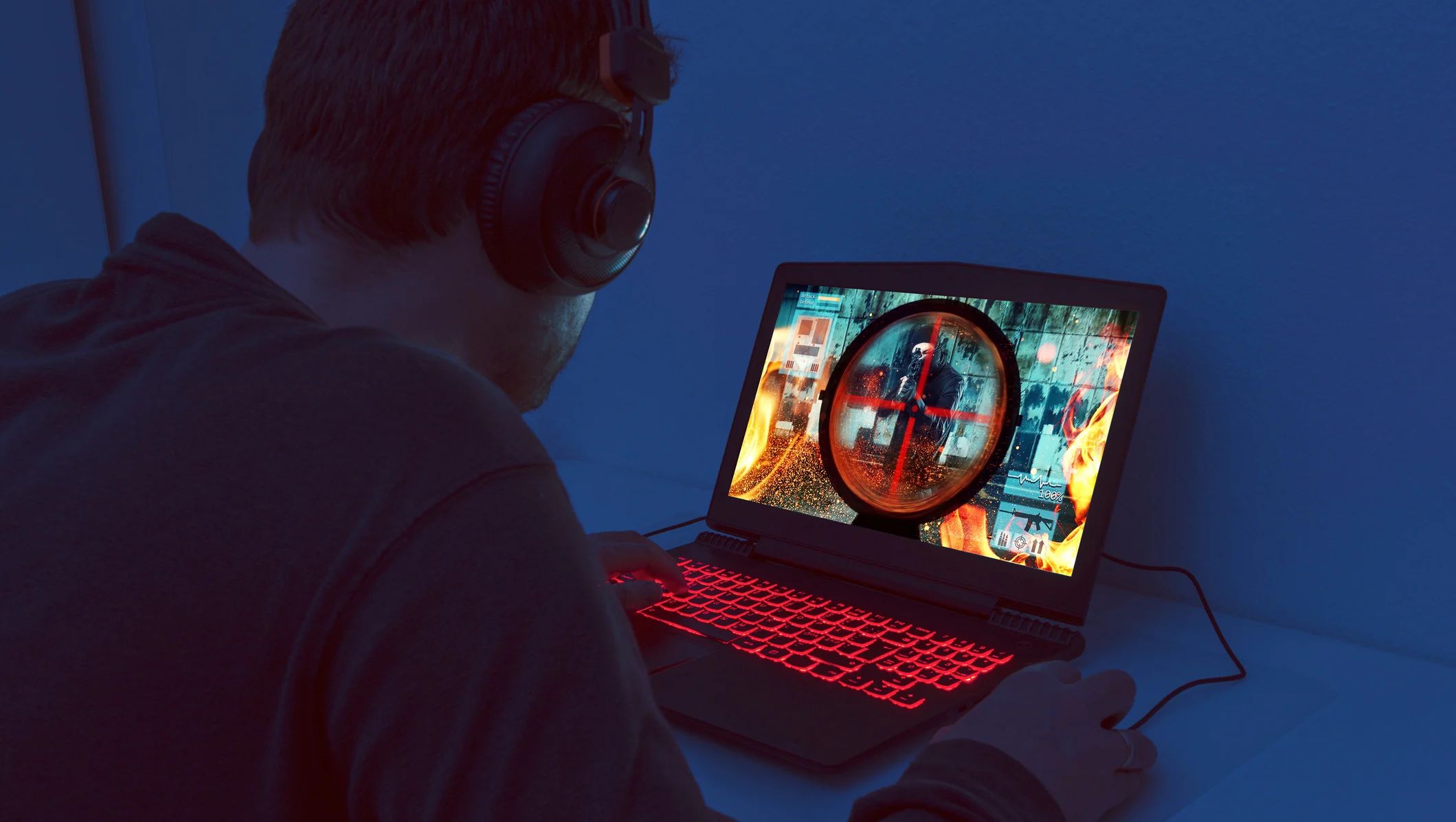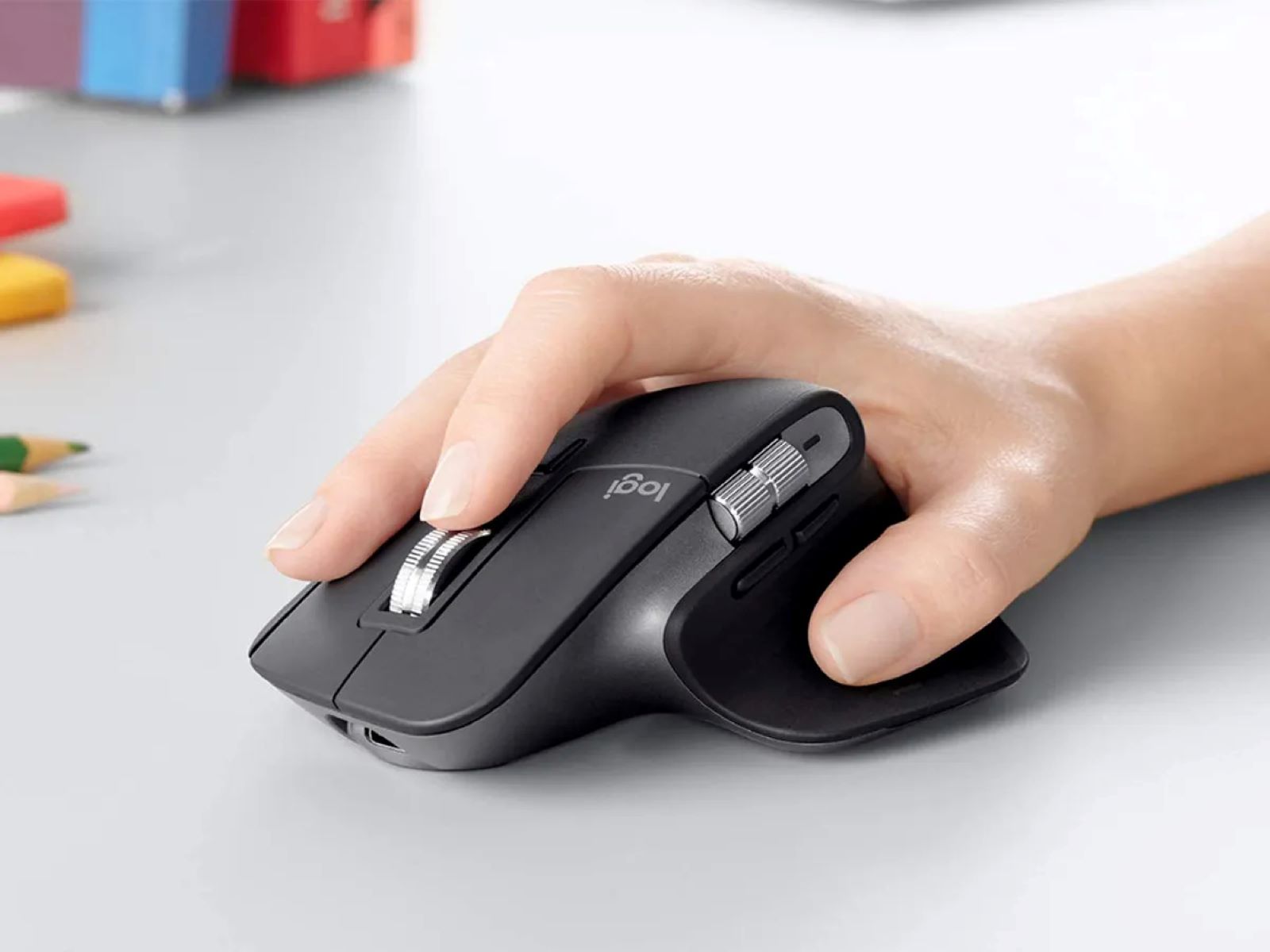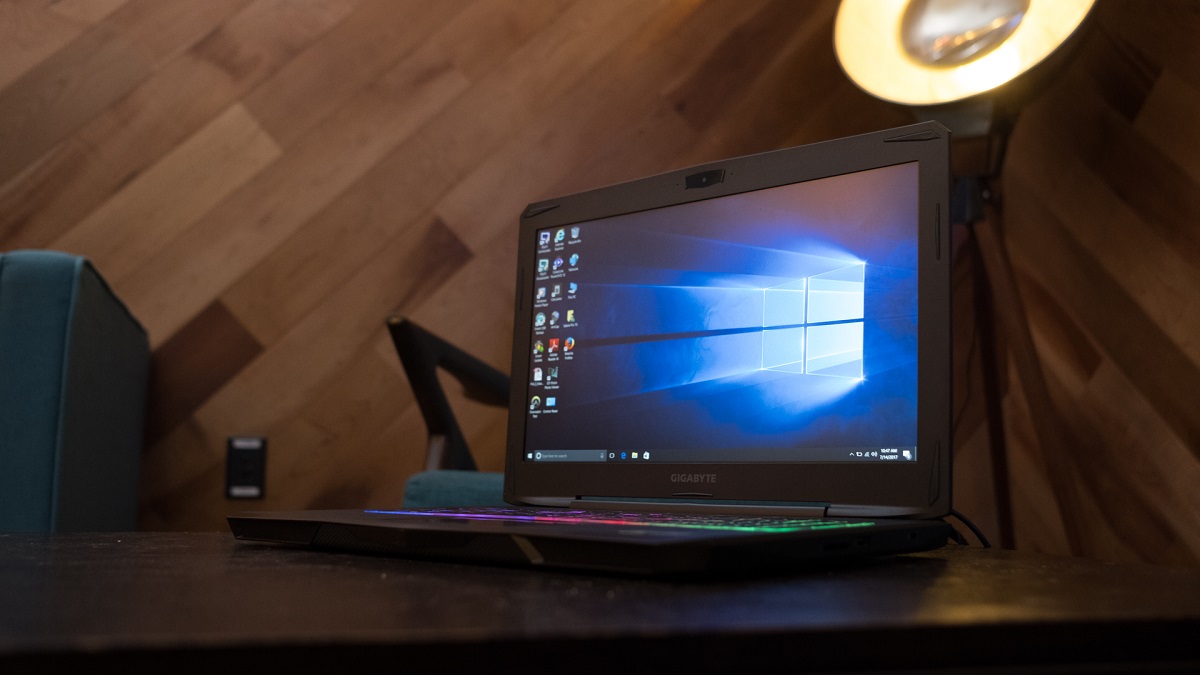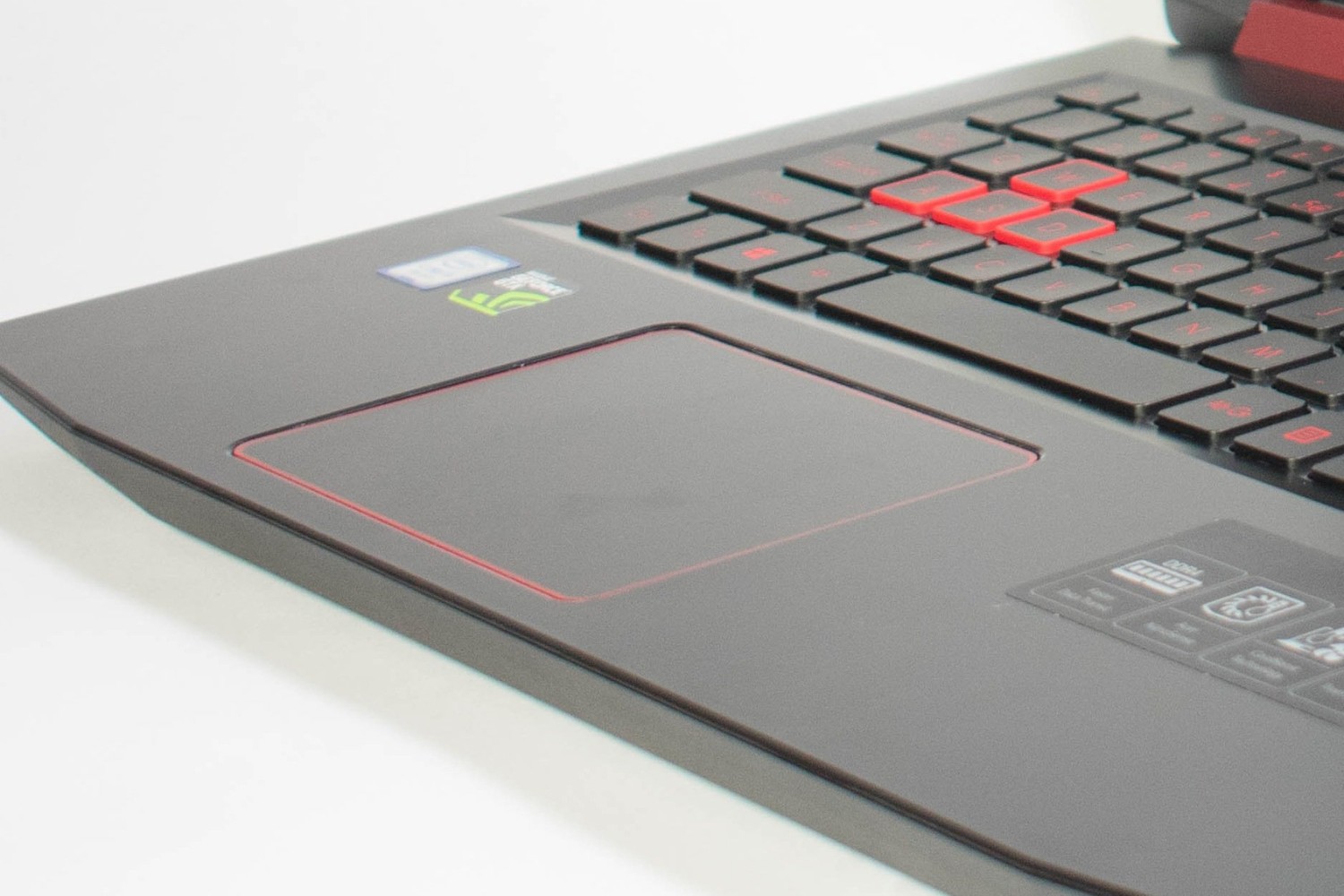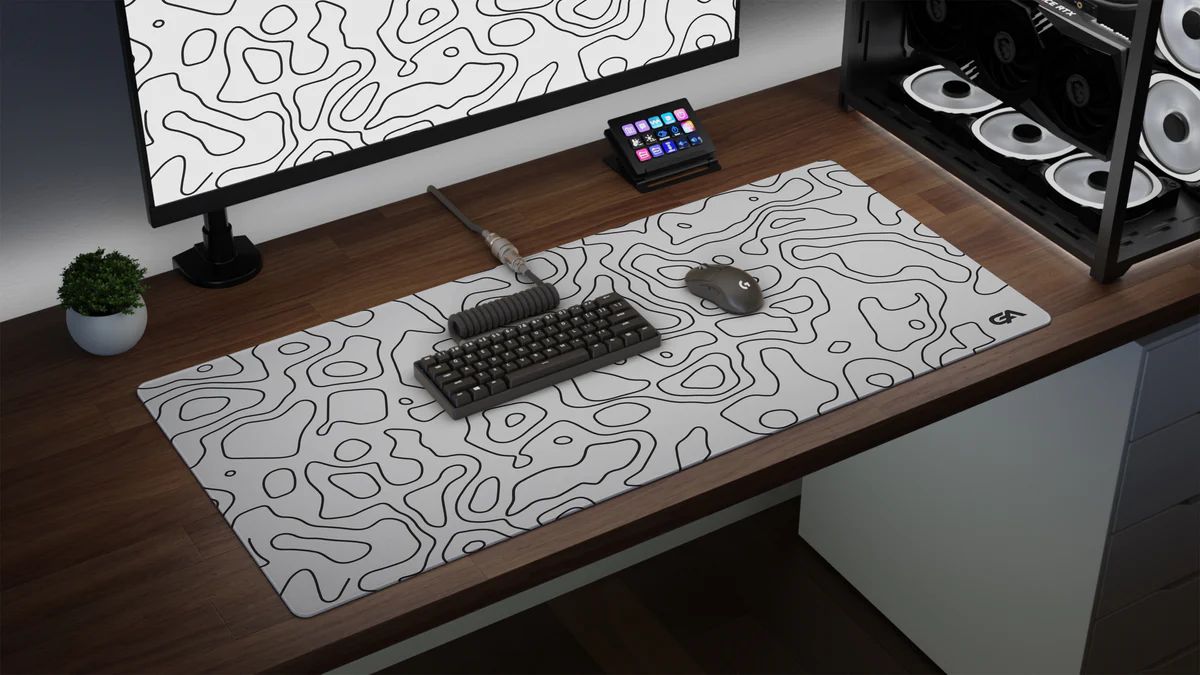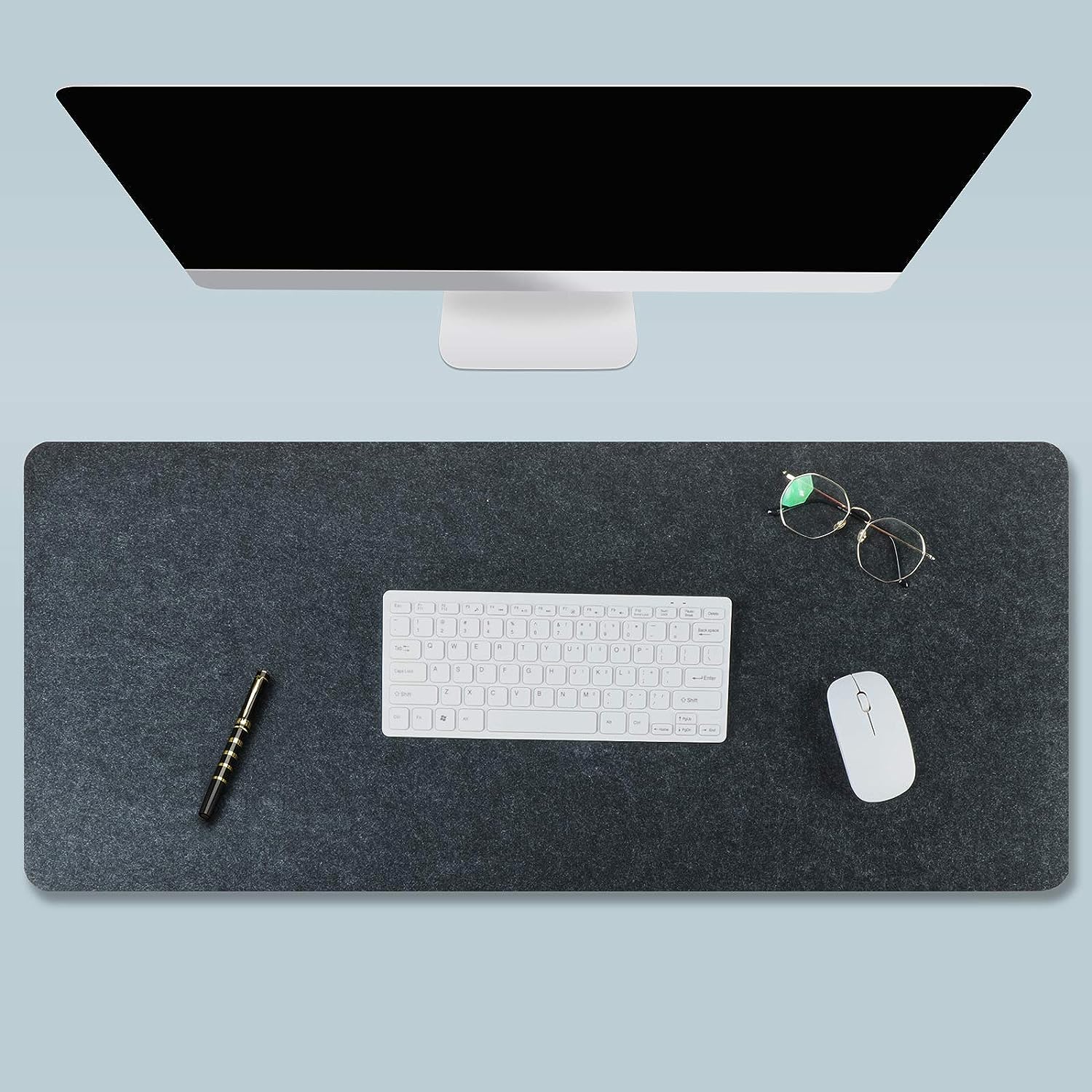Introduction
Having a lagging mouse pad on your laptop can be incredibly frustrating, hindering your productivity and causing unnecessary stress. Whether you use your laptop for work, gaming, or simply browsing the web, a smooth and responsive mouse pad is essential for a seamless user experience. Fortunately, there are several effective methods to address this issue and restore your mouse pad to its optimal functionality.
In this comprehensive guide, we will explore various troubleshooting techniques to help you fix a lagging mouse pad on your laptop. From simple cleaning methods to driver updates and settings adjustments, we will cover everything you need to know to resolve this common issue. Additionally, we will discuss the option of using an external mouse as a temporary or permanent solution. By following these steps, you can regain control of your laptop's mouse pad and enjoy smooth, precise cursor movement once again.
Now, let's delve into the practical solutions that will empower you to overcome the frustration of a lagging mouse pad and enhance your overall computing experience. Whether you are a seasoned tech enthusiast or a casual user, these troubleshooting tips will equip you with the knowledge and confidence to tackle this problem head-on. Let's get started and reclaim the smooth, responsive functionality of your laptop's mouse pad.
Clean the Mouse Pad
One of the most common reasons for a lagging mouse pad on a laptop is the accumulation of dirt, dust, and oils on the surface of the pad. Over time, these contaminants can interfere with the sensor’s ability to track movement accurately, resulting in sluggish or erratic cursor behavior. Fortunately, cleaning the mouse pad is a simple yet effective first step in troubleshooting this issue.
To begin, power off your laptop and unplug any external peripherals. Gently wipe the surface of the mouse pad with a soft, lint-free cloth dampened with a mild cleaning solution or isopropyl alcohol. Be sure to apply gentle pressure and use smooth, circular motions to remove any debris or residue from the pad. Avoid using excessive moisture, abrasive materials, or harsh chemicals, as these can damage the mouse pad’s surface.
If the mouse pad has textured or rubberized areas, use a soft-bristled brush to gently agitate and dislodge any stubborn particles. Once the surface is clean, allow it to air-dry completely before powering on your laptop. Regularly cleaning your mouse pad in this manner can prevent the buildup of dirt and grime, maintaining optimal tracking performance and responsiveness.
Additionally, consider using a mouse pad or mat to provide a smooth and consistent surface for your laptop’s mouse pad. These accessories not only protect the mouse pad from wear and tear but also offer an enhanced tracking experience. By incorporating proper maintenance and using supportive accessories, you can ensure that your laptop’s mouse pad remains free from obstructions and operates at peak performance.
Update or Reinstall the Mouse Pad Driver
If cleaning the mouse pad does not resolve the lagging issue, the next step is to address the device driver responsible for its functionality. A corrupted or outdated driver can significantly impact the performance of the mouse pad, leading to responsiveness issues and erratic behavior. To rectify this, you can update or reinstall the mouse pad driver on your laptop.
Begin by accessing the Device Manager on your Windows laptop or the equivalent system preferences on other operating systems. Locate the “Mice and other pointing devices” category and expand it to reveal the installed drivers. Right-click on the mouse pad driver and select the option to update the driver software. Your system will prompt you to choose between automatically searching for updated driver software online or browsing your computer for driver software. Select the appropriate option and follow the on-screen instructions to complete the update process.
If updating the driver does not resolve the issue, you can opt to uninstall the current driver and reinstall it. Right-click on the mouse pad driver in the Device Manager and select the “Uninstall device” option. Once the driver is uninstalled, restart your laptop to allow the system to reinstall the driver automatically. Alternatively, you can visit the manufacturer’s website to download the latest driver for your specific laptop model and install it manually.
By ensuring that your laptop’s mouse pad driver is up to date and functioning properly, you can eliminate potential software-related causes of the lagging issue. This proactive approach to driver maintenance can contribute to a smoother and more reliable mouse pad performance, enhancing your overall computing experience.
Adjust Mouse Pad Settings
Customizing the settings of your laptop’s mouse pad can significantly impact its responsiveness and behavior. By adjusting various parameters, you can fine-tune the tracking speed, sensitivity, and additional features to better suit your preferences and usage patterns. Whether your mouse pad is overly sensitive, unresponsive, or exhibiting erratic behavior, optimizing its settings can help address these issues.
To access the mouse pad settings on a Windows laptop, navigate to the Control Panel or Settings app and locate the “Mouse” or “Touchpad” section. Within this menu, you can adjust options such as pointer speed, scrolling behavior, tapping gestures, and palm rejection. Experiment with different settings to find the configuration that provides the most accurate and comfortable mouse pad experience for your specific usage scenarios.
For users of macOS, the trackpad settings can be accessed through the System Preferences menu. Here, you can modify tracking speed, enable or disable natural scrolling, configure gestures, and fine-tune other trackpad-related parameters. By exploring these settings and making adjustments based on your preferences, you can optimize the performance and responsiveness of your MacBook’s trackpad.
Additionally, some laptops feature specialized software or utilities provided by the manufacturer to further customize the mouse pad settings. These tools often offer advanced options for gesture control, multi-touch functionality, and palm detection. By leveraging these features, you can tailor the mouse pad’s behavior to align with your unique workflow and interaction style, potentially mitigating any lagging or responsiveness issues.
Furthermore, if your laptop supports precision touchpads, you can access an array of advanced settings to refine the behavior and functionality of the touchpad. These settings may include options for three-finger gestures, edge swipes, and multi-finger taps, allowing for a more intuitive and efficient navigation experience. By maximizing the capabilities of your laptop’s touchpad through personalized settings, you can optimize its responsiveness and mitigate potential lagging concerns.
Use an External Mouse
If the aforementioned troubleshooting methods do not fully address the lagging mouse pad issue, using an external mouse can serve as a viable alternative to regain precise cursor control and improve your overall computing experience. An external mouse provides a reliable and familiar input device, offering seamless navigation and enhanced comfort compared to a malfunctioning or unresponsive mouse pad.
When selecting an external mouse, consider factors such as ergonomics, tracking technology, and connectivity options to ensure compatibility with your laptop and personalized preferences. Opt for a mouse that fits comfortably in your hand and supports your preferred grip style, as prolonged usage should be both efficient and comfortable. Additionally, choose a mouse with a tracking technology that aligns with your usage environment, whether it be optical, laser, or other advanced sensor types.
Wireless mice offer the convenience of unrestricted movement and clutter-free workspaces, utilizing Bluetooth or dedicated USB receivers for connectivity. Alternatively, wired mice provide reliable and instantaneous responsiveness without the need for battery management. Select the option that best suits your mobility needs and ensures a seamless connection to your laptop.
Upon connecting the external mouse to your laptop, you may need to adjust the system settings to optimize its performance. Access the mouse settings in your operating system and customize parameters such as pointer speed, button configuration, and scrolling behavior to align with your preferences. This tailored approach ensures that the external mouse delivers a responsive and intuitive navigation experience that complements your workflow.
Moreover, an external mouse can offer additional functionalities and features, such as customizable buttons, adjustable DPI (dots per inch) sensitivity, and specialized software for macro programming. These capabilities empower you to streamline tasks, enhance productivity, and customize the mouse’s behavior to suit specific applications or gaming scenarios.
While using an external mouse may serve as a temporary solution to address a lagging mouse pad, many users find the transition to be a permanent preference due to the enhanced precision and comfort it provides. Whether for work, creative endeavors, or gaming, an external mouse can elevate your computing experience and mitigate the frustrations associated with an unreliable laptop mouse pad.
Conclusion
Addressing a lagging mouse pad on your laptop is essential for maintaining a smooth and efficient computing experience. By implementing the troubleshooting techniques outlined in this guide, you can effectively overcome the challenges posed by an unresponsive or erratic mouse pad, ultimately enhancing your productivity and enjoyment while using your laptop.
Commencing with the simple yet impactful step of cleaning the mouse pad, you can eliminate debris and contaminants that may impede its functionality. Regular maintenance and the use of supportive accessories, such as mouse pads or mats, can prevent future issues and ensure consistent tracking performance.
Furthermore, updating or reinstalling the mouse pad driver is crucial for resolving software-related issues that contribute to lagging behavior. By keeping the driver up to date and ensuring its proper functionality, you can mitigate potential performance setbacks and maintain a responsive mouse pad.
Customizing the mouse pad settings to align with your preferences and usage patterns can significantly enhance its responsiveness and accuracy. Whether adjusting pointer speed, enabling gestures, or fine-tuning scrolling behavior, personalized settings can optimize the mouse pad’s performance to suit your unique needs.
Should the lagging issue persist, utilizing an external mouse offers a reliable alternative for precise cursor control and enhanced comfort. Selecting a suitable external mouse based on ergonomics, tracking technology, and connectivity options can provide a seamless navigation experience and alleviate the frustrations associated with a malfunctioning mouse pad.
Ultimately, by incorporating these troubleshooting methods and considering the use of an external mouse, you can effectively address a lagging mouse pad on your laptop and elevate your overall computing experience. Whether for work, leisure, or creative pursuits, a responsive and reliable mouse pad is integral to seamless interaction with your laptop, and these strategies empower you to overcome any challenges that may arise.







